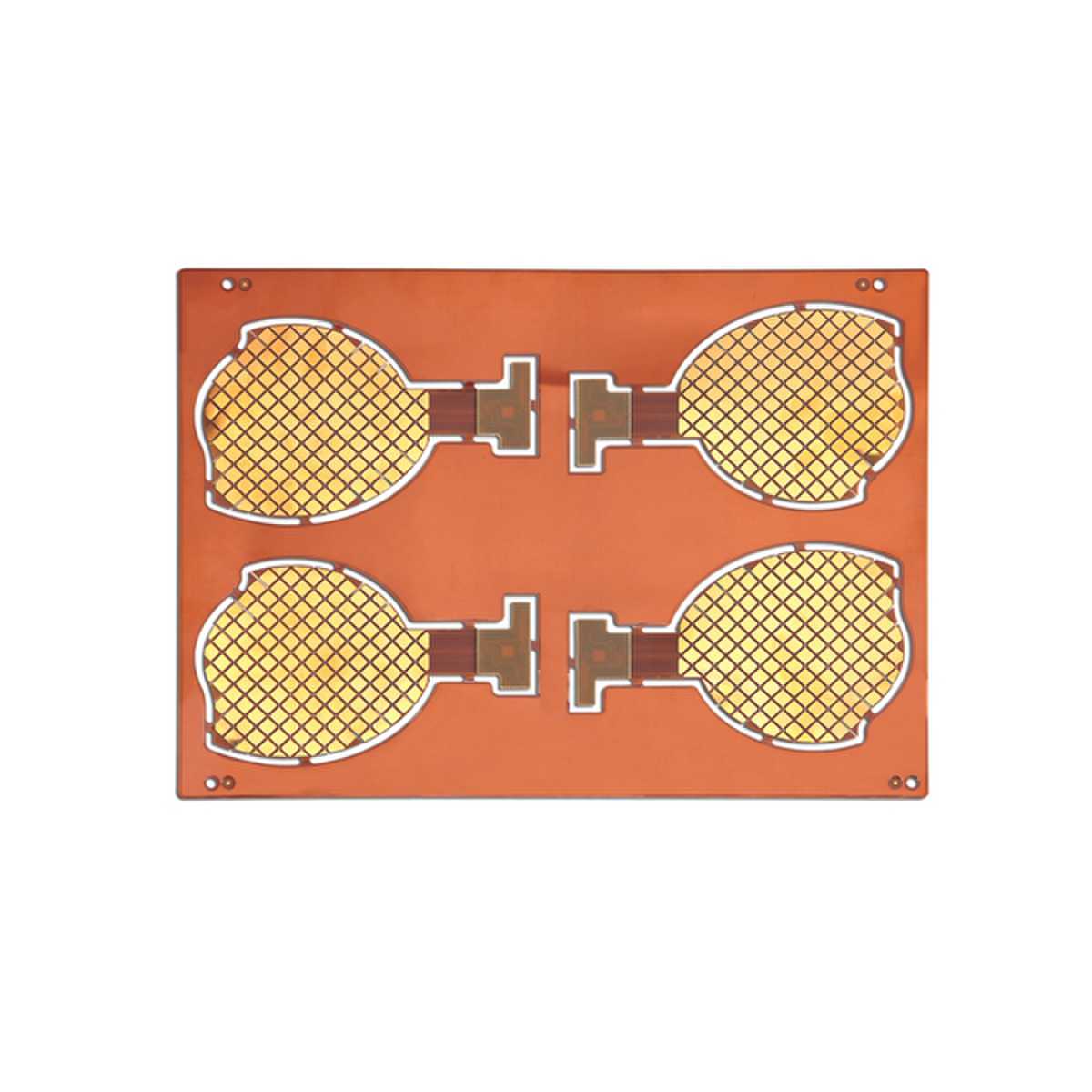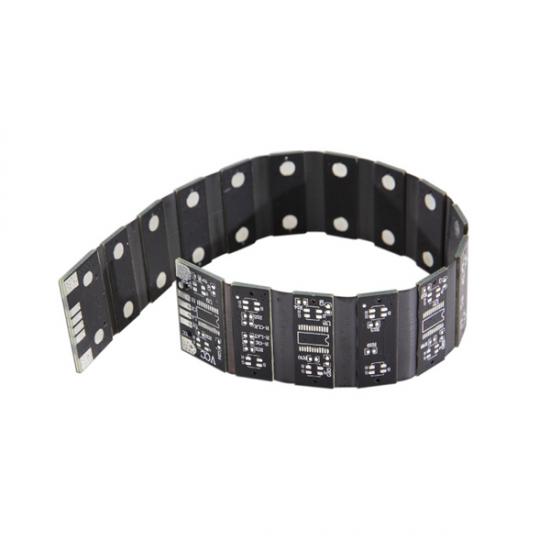What needs to be checked after PCB design is completed?
What must be validated after completing PCB design?
Designing a printed circuit board (PCB) is a crucial step in electronic product development. To ensure its functionality, performance, and reliability, several crucial aspects need to be thoroughly checked after the PCB design is completed. This article presents a comprehensive overview of the checkpoints that engineers and designers should follow to ensure a successful PCB design.
1. Electrical Connectivity
Before manufacturing the PCB, it is of utmost importance to verify the electrical connectivity of the circuit. A thorough examination of the design should be performed to confirm that all nets are connected correctly, with no unintentional open or short circuits. This can be achieved by performing a comprehensive electrical connectivity test, either manually or using specialized software tools.
2. Component Placement and Footprints
Component placement plays a significant role in determining the size, reliability, and overall performance of the PCB. Once the design is complete, it is essential to verify the accuracy and correctness of the component footprints and their positioning on the board. Each component should be placed correctly according to the design guidelines, ensuring proper clearances, orientation, and thermal considerations. Careful examination of the component placements can avoid electrical or mechanical conflicts that may arise during manufacturing or assembly stages.

3. Design Rule Check (DRC)
To ensure the success of a PCB design, it is vital to perform a Design Rule Check (DRC). This step involves verifying the design against a set of predefined rules and constraints specific to the fabrication capabilities, assembly processes, and electrical requirements. The DRC analysis can help identify potential issues such as trace width violations, spacing errors, plane clearance, and other critical parameters that may cause signal integrity problems or manufacturing constraints.
4. Signal Integrity Analysis
Signal integrity is a crucial aspect that directly affects the performance and functionality of electronic circuits. After completing the PCB layout, it is essential to conduct signal integrity analysis to ensure that the design meets the required electrical specifications. Various factors, including trace length matching, termination, impedance control, and high-frequency effects, should be evaluated to optimize signal integrity and minimize potential issues such as signal distortion, crosstalk, or electromagnetic interference (EMI).
After addressing these four key aspects, the PCB design is ready for fabrication and assembly. It is crucial to collaborate with the fabrication and assembly houses to ensure a seamless transition from design to manufacturing. Regular communication and close cooperation with the manufacturing team can help address any unforeseen issues and ensure a successful PCB realization.

Designing a PCB is a meticulous and intricate process that requires thorough attention to detail. After completing the PCB design, a series of comprehensive checks must be performed to confirm its functionality, reliability, and manufacturability. The checkpoints mentioned in this article, including electrical connectivity, component placement, design rule checks, and signal integrity analysis, are fundamental in guaranteeing a successful PCB design. By following these checkpoints, engineers and designers can minimize potential issues and produce a robust PCB that meets the desired specifications and requirements.
Send PCB Files to Sales@ucreatepcba.com, We Will Quote You Very Soon!



